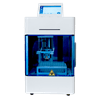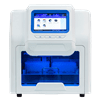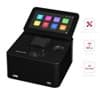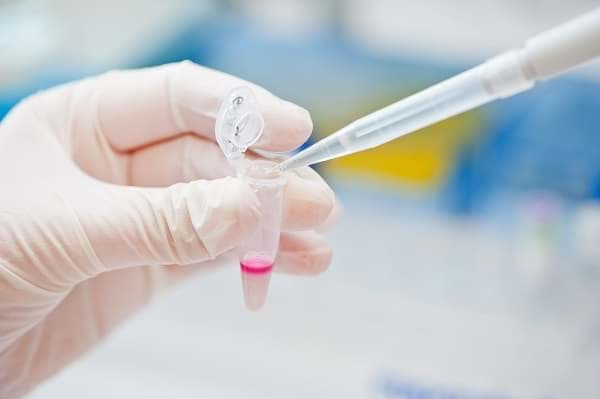
How to extract DNA in less than 45 minutes
DNA extraction at its best
Learn more about
In summary:
- What is DNA extraction?
- Which tools do I need for the job?
- How to extract DNA in 3 steps?
- Conclusion.
DNA extraction
What is DNA extraction?
Without good information progress cannot be made. This holds true for genetic information in research, diagnostics, drug development and other biotech applications. The quality of this genetic information relies on efficient and high-quality DNA or RNA extraction. Traditionally this was done with the use of hazardous chemicals such as phenol and chloroform, which was a slow and potentially dangerous way of extracting DNA. Current methods rely on specialized filters, significantly reducing time and avoiding the use of chemicals, but this method is difficult to scale up to large volumes. Luckily, the developments on material sciences allow for automatization of this process, further reducing time and improving quality. Below we will explain step-by-step how a modern process of DNA or RNA extraction looks like.
Tools for the job
Which tools do I need for the job?
For the extraction itself we use a DNA extraction robot from Innuscreen. This device comes in three forms: The PurePrep Mini, the PurePrep Midi, and the PurePrepMaxi.
Extracting DNA
How to extract DNA in 3 steps, in under 45 Minutes?
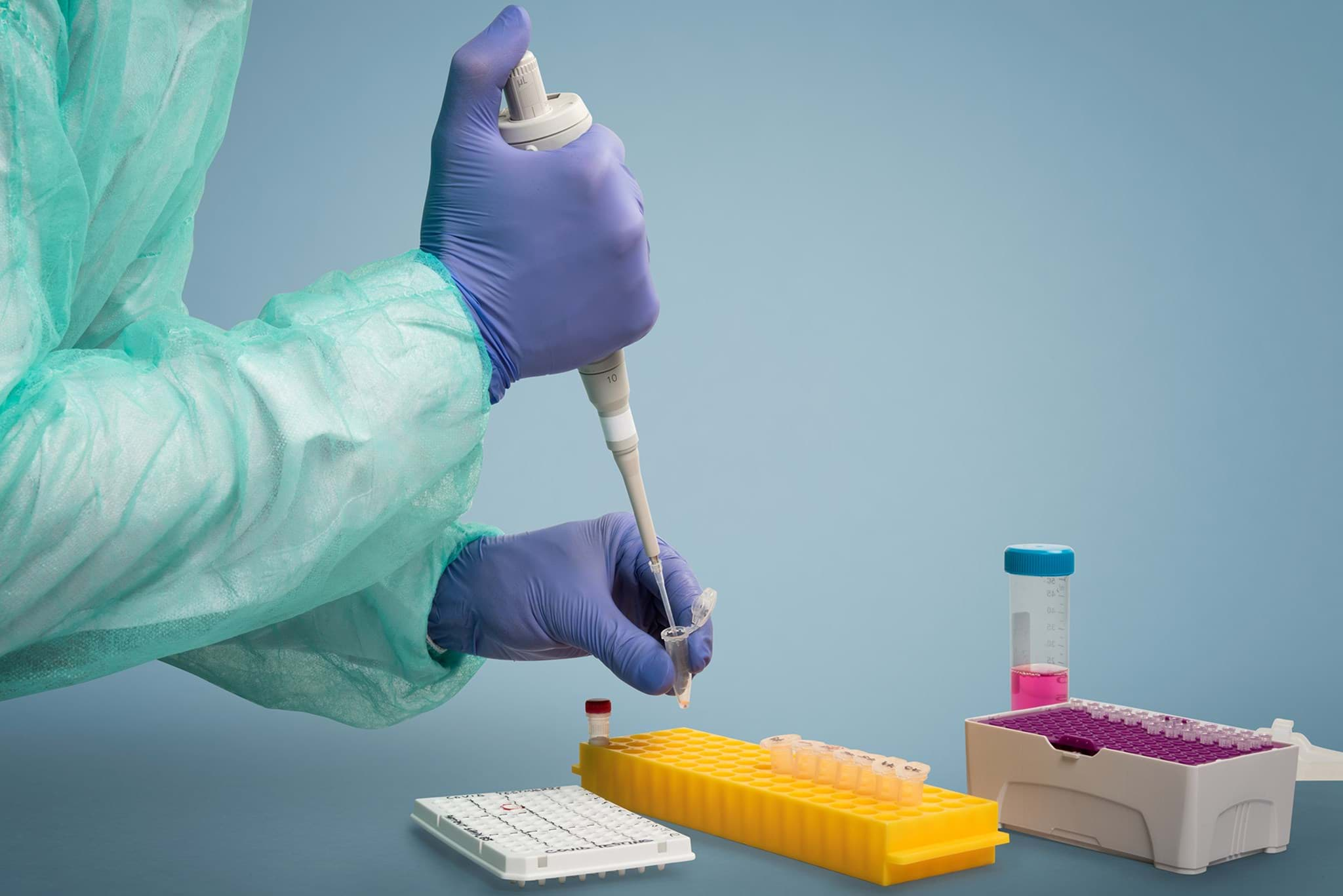
Our solutions
Conclusion
The PurePrep Mini, Midi, and Maxi systems offer a fast and
efficient method for extracting high-quality DNA from various sample types. By automating the process, these systems reduce hands-on time
while ensuring reliable results. The entire extraction workflow, post-lysis, is completed in under 45 minutes, making it an excellent
choice for labs that require efficiency without compromising quality.
For precise
quantification, the Implen NP80 spectrophotometer offers an easy and reliable method for assessing DNA purity and yield, ensuring optimal performance in
downstream applications. This streamlined approach simplifies DNA extraction while
maintaining the high standards required for molecular research.
TS1 Thermoshaker
PurePrep Mini extraction system (1-16 samples)
PurePrep Midi extraction system (up to 32 samples)
PurePrep Maxi extraction system (up to 96 samples)
Implen NanoPhotometer NP80 Touch
Our news
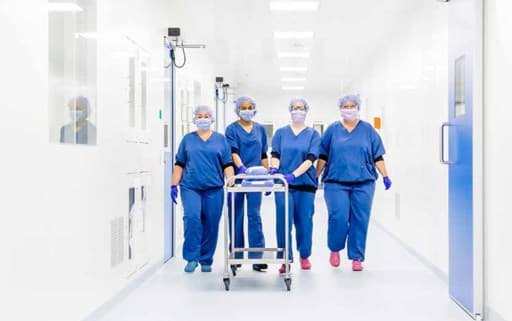
Multi Tissue Center ETB-BISLIFE ready for further expansi...
We are pleased to share this article, which was published in the September issue of LabVision. This article was written in conjunction with our collaboration...

Innuscreen introduces PurePrep benchtop systems for autom...
Discover the PurePrep family for quick and effective DNA/RNA extraction.
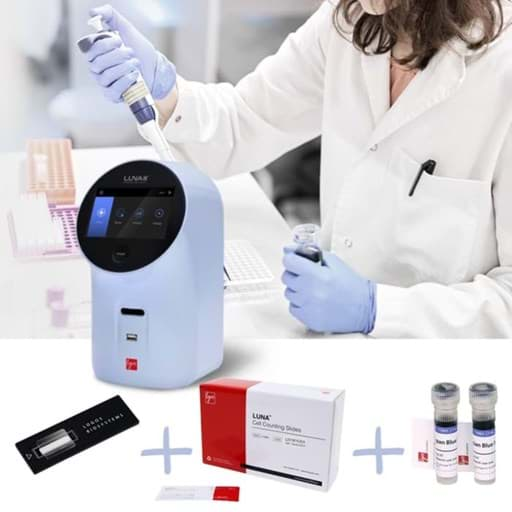
Logos Biosystems launches sustainable cell counting package
This article discover eco-friendly solutions for cell counting



